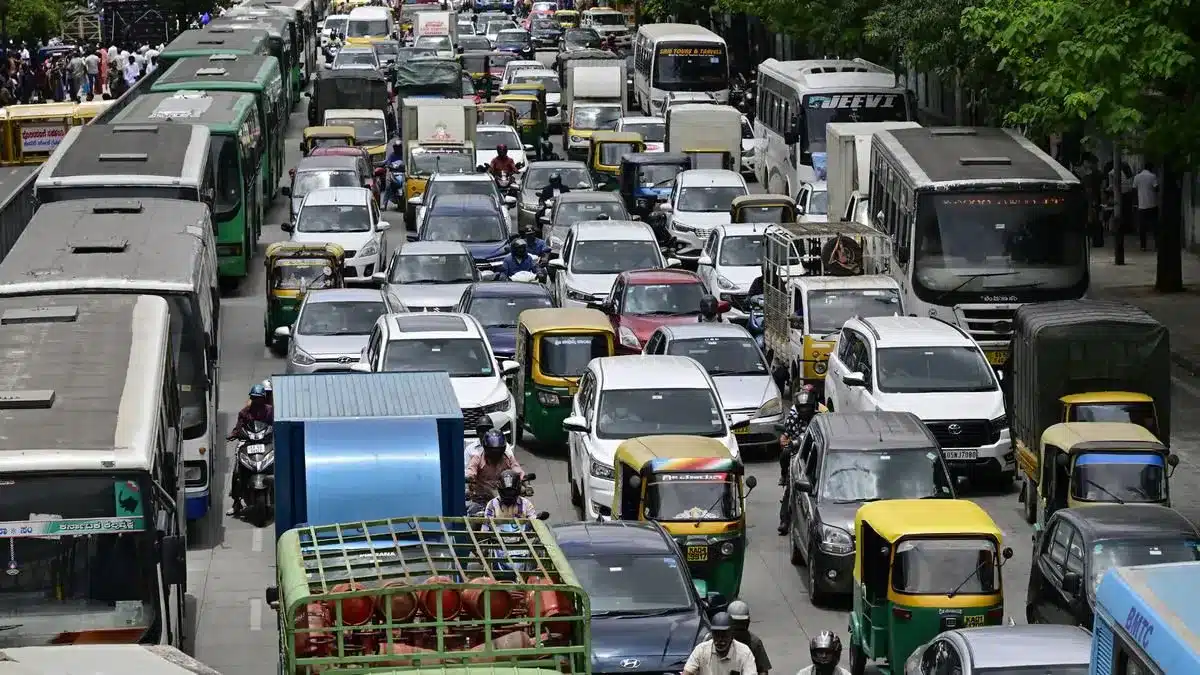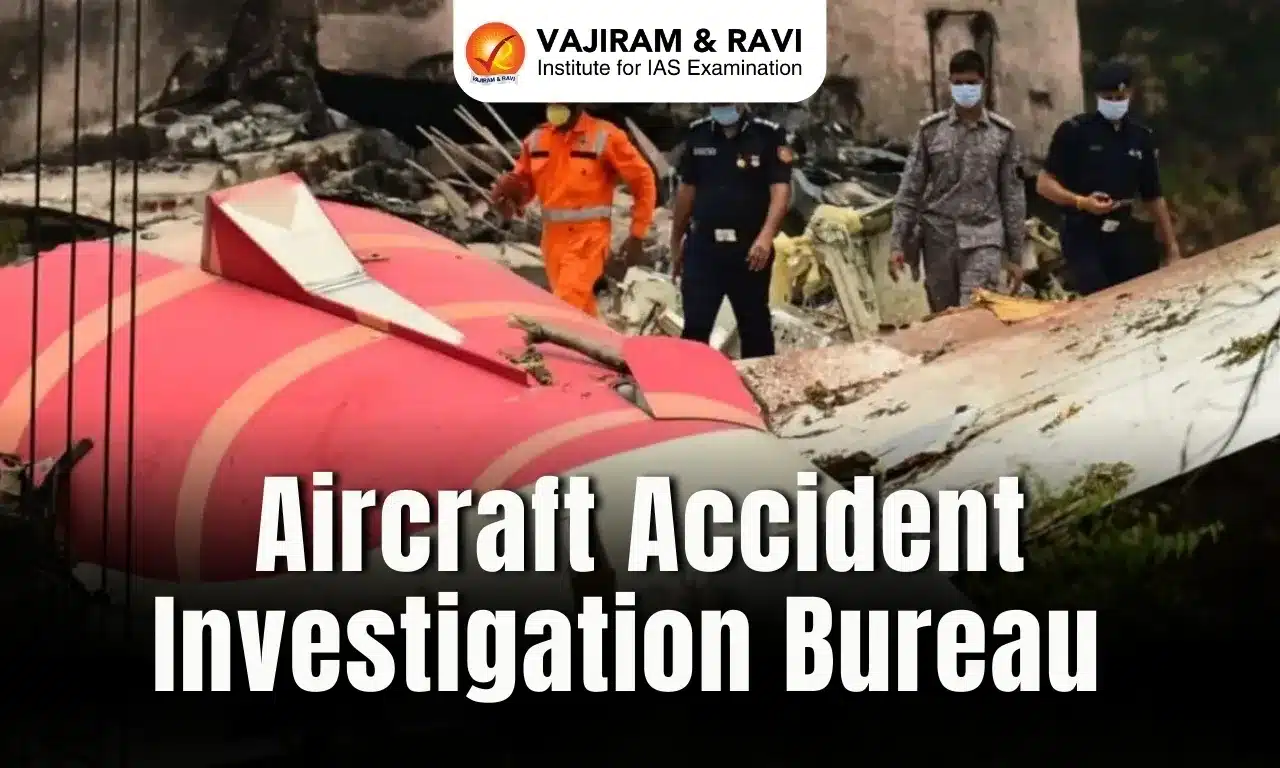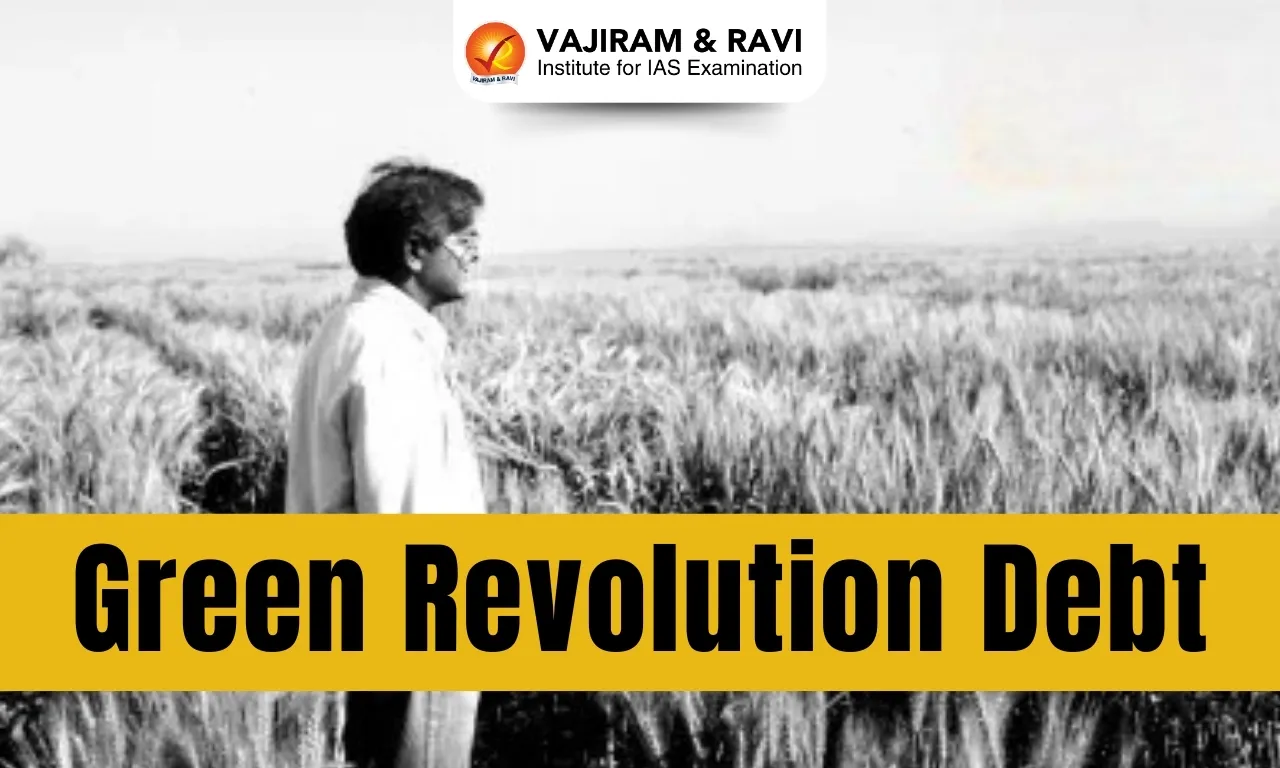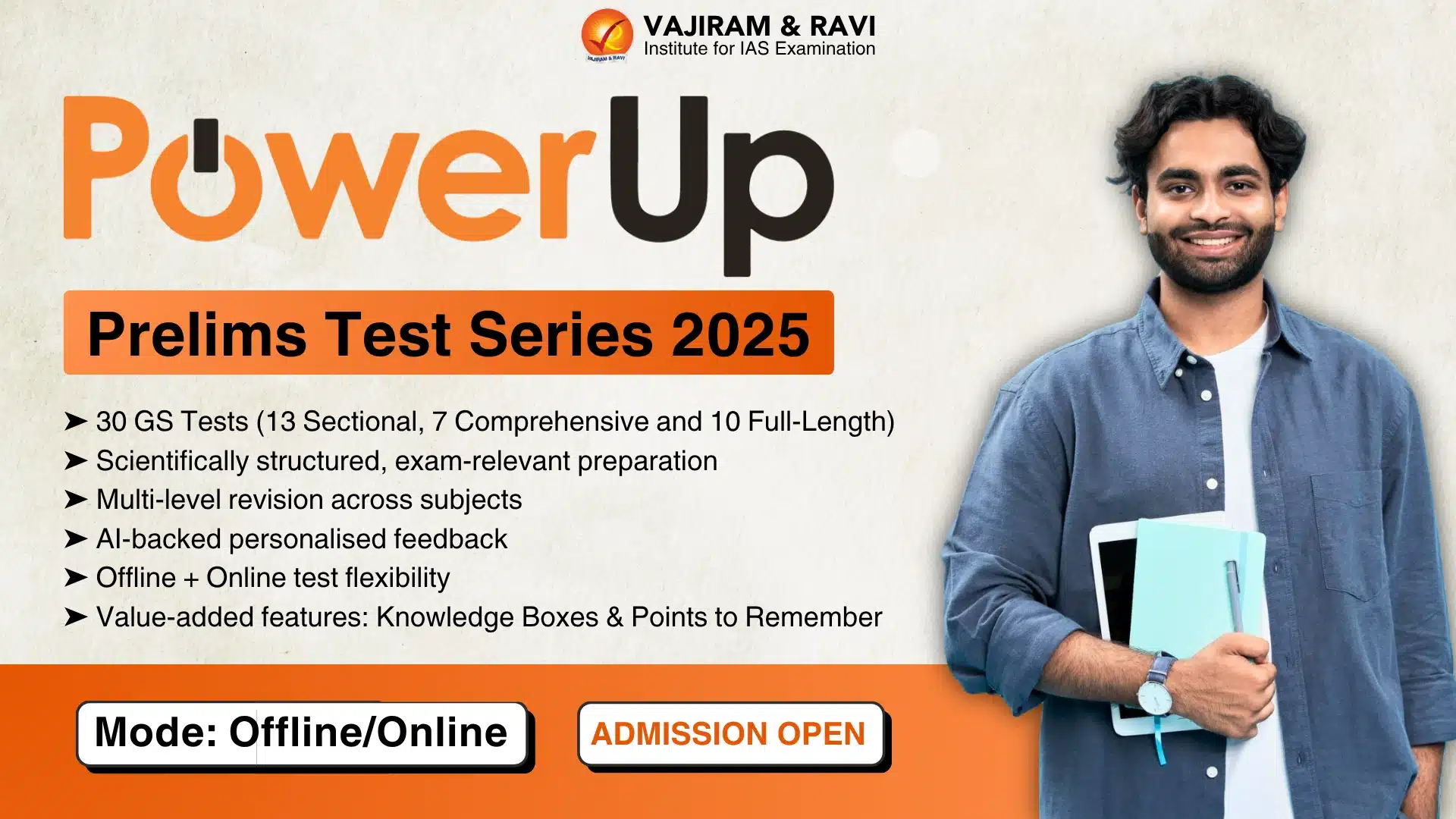What’s in today’s article?
- Introduction
- Rise of Transit-Oriented Development
- Case Study – Bengaluru
- Key Recommendations for Enhancing TOD
- Way Forward
Introduction
- Indian cities are on the cusp of a major transformation in transportation, with an estimated ₹3 trillion to be invested in metro rail projects between 2022 and 2027.
- This massive investment in public transportation not only aims to enhance urban mobility but also unlock significant economic potential by improving accessibility to jobs and boosting productivity.
Rise of Transit-Oriented Development
- To harness the full benefits of investments in mass transit, the Government of India introduced the National Transit Oriented Development (TOD) Policy and Metro Rail Policy in 2017.
- TOD is an urban planning strategy that integrates land use with transport infrastructure, promoting compact, mixed-use developments and sustainable transport modes such as walking, cycling, and mass transit.
- Currently, 27 Indian cities are developing metro systems, and many more are building other rail- and bus-based transit systems.
- Benefits of TOD:
- TOD offers a promising solution by effectively integrating land use and transport, decoupling economic growth from congestion and carbon emissions.
- It promotes the development of job clusters near transit, enhancing workforce productivity and participation.
- Proximity to transit stations boosts job densities, creating an agglomeration effect that fosters innovation, productivity, and competitiveness.
- Challenges of TOD:
- Public policies and land market conditions have led to the development of economic centers in suburban and peri-urban areas, causing public transport systems to struggle with growing urban sprawl.
- The increased reliance on private vehicles results in longer commutes, higher congestion, and pollution, all of which negatively impact productivity and access to job markets.
- For instance, Bengaluru, one of the most congested cities globally, incurs an estimated social cost of ₹38,000 crore annually due to traffic congestion.
Case Study – Bengaluru
- A recent study by WRI India, titled “Jobs near Metro Rail Transit in Bengaluru: Enabling an Accessible and Productive City,” highlights the importance of TOD in Bengaluru.
- The study examines the spatial distribution of jobs around the city’s metro network, which includes operational and under-construction phases (Phases 1, 2, and 2A-2B).
- It also assesses the benefits and challenges businesses face when locating near metro stations.
- Key Findings Include:
- Bengaluru has approximately 0.2 million registered enterprises employing around 4.6 million workers, with the service sector accounting for the majority.
- Large enterprises, although only 2% of total enterprises, contribute to 60% of jobs.
- Job densities are highest in inner-city areas, particularly around tech hubs like Whitefield and Electronic City, where densities range from 58,000 to 1,09,000 jobs per square kilometer.
- Once the ongoing metro phases are completed, 28% of mapped jobs in Bengaluru will be within 500 meters of a metro station, 59% within 1 km, and 85% within 2 km, significantly improving access to employment opportunities.
Key Recommendations for Enhancing TOD
- To maximize the economic benefits of TOD, the study offers several actionable recommendations:
- Enhance Job Clusters Near Transit: Encourage businesses to locate near metro stations to capitalize on increased foot traffic and workforce accessibility.
- Improve Integrated Planning: Foster collaboration between urban planners, transport authorities, and businesses to create cohesive development strategies around transit corridors.
- Address Market and Regulatory Challenges: Streamline regulatory processes and address market barriers that hinder businesses from setting up near transit hubs.
- Global Examples and Lessons:
- High-functioning cities like Hong Kong demonstrate the success of TOD, with 57% of jobs located within 500 meters of a transit station.
- Hong Kong’s emphasis on transit connectivity has significantly boosted economic productivity while reducing car ownership and carbon emissions.
Way Forward
- To fully leverage TOD, Indian cities need to set ambitious targets for job densities near transit stations and prioritize areas for densification and renewal.
- Public policies should offer incentives such as additional development rights or tax subsidies to encourage businesses to locate near transit.
Partnerships between public and private sectors, along with value capture financing mechanisms, can fund station area improvements and enhance last-mile connectivity.
Q1. What is one difference between metre gauge and broad gauge?
The different gauges can broadly be divided into the following four categories: Broad Gauge: width 1676 mm to 1524 mm or 5’6” to 5’0” Standard Gauge: width 1435 mm and 1451 mm or 4′-8⅟2” Metre Gauge: width 1067 mm, 1000 mm and 915 mm or 3′-6”, 3′-33/8” and 3′-0”
Q2. Which state had the first metro rail in India?
The Kolkata Metro, started in 1984, is the first planned and operational rapid transit system in India.
Source: Leveraging transit-oriented development to build productive cities
Last updated on July, 2025
→ UPSC Notification 2025 was released on 22nd January 2025.
→ UPSC Prelims Result 2025 is out now for the CSE held on 25 May 2025.
→ UPSC Prelims Question Paper 2025 and Unofficial Prelims Answer Key 2025 are available now.
→ UPSC Calendar 2026 is released on 15th May, 2025.
→ The UPSC Vacancy 2025 were released 1129, out of which 979 were for UPSC CSE and remaining 150 are for UPSC IFoS.
→ UPSC Mains 2025 will be conducted on 22nd August 2025.
→ UPSC Prelims 2026 will be conducted on 24th May, 2026 & UPSC Mains 2026 will be conducted on 21st August 2026.
→ The UPSC Selection Process is of 3 stages-Prelims, Mains and Interview.
→ UPSC Result 2024 is released with latest UPSC Marksheet 2024. Check Now!
→ UPSC Toppers List 2024 is released now. Shakti Dubey is UPSC AIR 1 2024 Topper.
→ Also check Best IAS Coaching in Delhi












